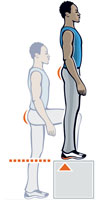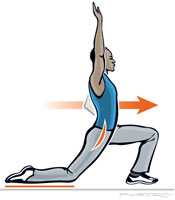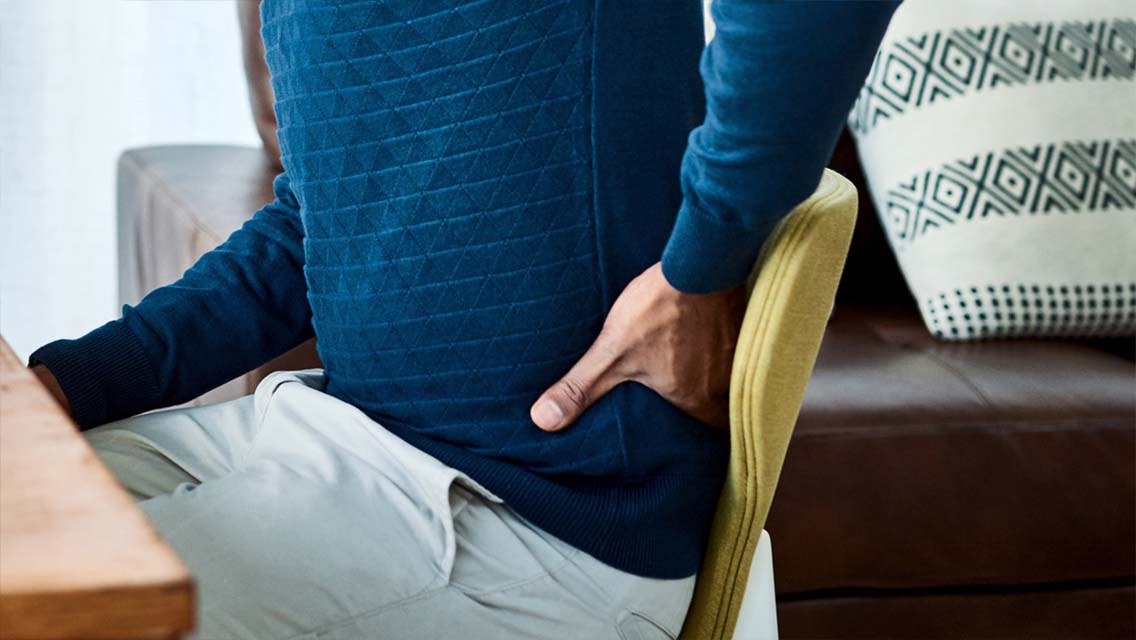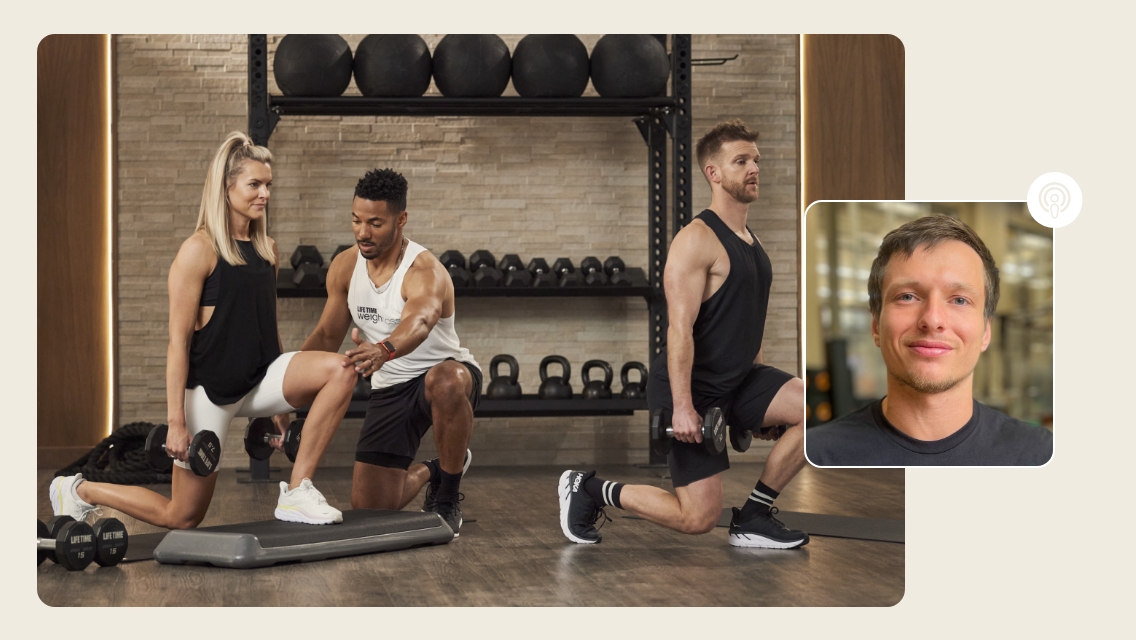
The two sacroiliac joints connect the sacrum (the triangular bone at the base of the spine) to the ilium (the large pelvic bone). Unlike knee and shoulder joints, SI joints aren’t designed to move much; ideal range of motion is just 2 to 4 millimeters. Yet we often wrench them past that, making hypermobility one of the primary causes of SI joint pain and dysfunction, which is characterized by tingling or burning pain in the lower back, buttocks and even down the backs of the legs.
This joint laxity can be caused by childbirth or a hard fall on the tush, but oftentimes simple, repetitive movements are to blame. “If you have a slight leg-length discrepancy or weakness on one side, doing prolonged, repetitive activity — such as running or biking — can cause the muscles and ligaments to get irritated,” says Staffan Elgelid, PhD, PT, GCFP, a physical therapist in Pittsford, N.Y.
To add insult to injury, weak glutes and core musculature, plus overly tight hip flexors from sitting too much, create an anterior (frontward) tilt to the pelvis, further stretching the SI joints past their normal range of motion.
SI joint pain can be part of a larger problem, such as pelvic instability (which might require professional help), but if it’s caused by repetitive movements, there’s plenty you can do.
Experts recommend glute and abdominal strengtheners such as bridges, box step-ups, L-hangs, all variations of the plank and even yoga’s tree pose. “Stay strong and flexible in the core and hips, do glute work and stretch, and you should be able to avoid chronic SI joint problems,” says Elgelid.
Box Step-Ups

Challenge core-stabilizing muscles and strengthen your glutes:
- Step onto a knee-high box with your right foot and push through your heel until you’re standing on top of the box with both feet. Squeeze your glutes together throughout the movement.
- Slowly lower yourself back down with your left leg. Repeat.
- Do three sets of 10 to 15 repetitions with the same leg, then switch legs. To increase difficulty, use a higher box or hold a dumbbell against your chest. Eventually, you can progress to holding it overhead.
Lunge Hip Stretch
 Loosen up tight hip flexors:
Loosen up tight hip flexors:
- Kneel on your right knee with your left leg bent 90 degrees in front of you. Keep the top of your back foot flat on the floor.
- Shift your weight forward until you feel a stretch in your right hip flexor.
- To intensify the stretch, raise your right arm above your head and shift your weight slightly to vary the angle of your stretch.
- Hold the stretch for 30 seconds and repeat twice per side.





This Post Has 0 Comments